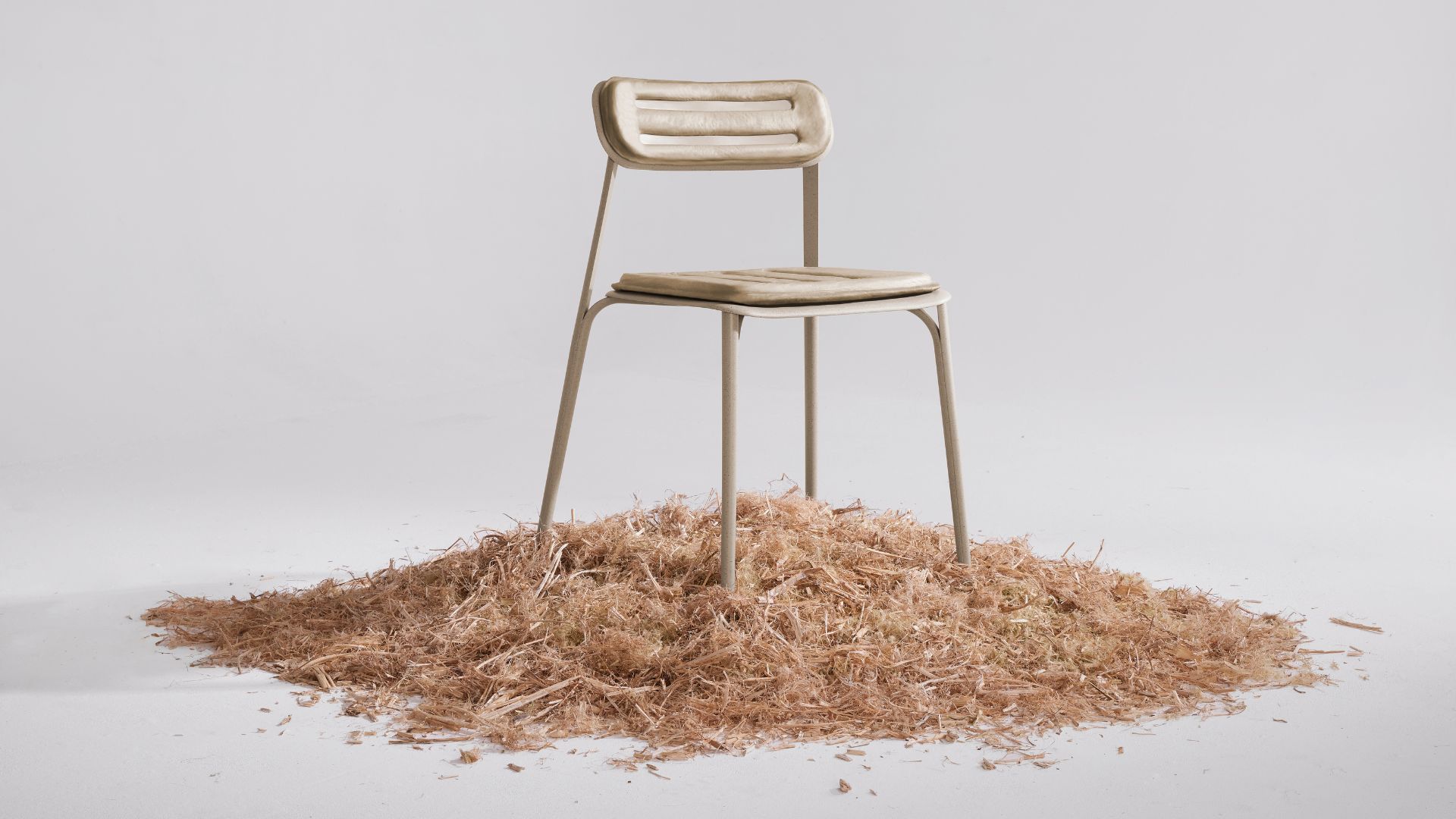
Surface&Architectureのjournalでは、S&Aの新しいメンバーでトルコ出身のMerve(メルヴェ)によるデザインレポートを全10回にわたり公開していきます。レポートでは、毎回2023年のデザイントレンドをテーマとして設定し、グローバルな視点で考察していきます。
デザインレポートの概要についてはこちら
テーマ「持続可能な明日のためのデザイン:クリエイティブな責任を果たす」
Category 1: Designing for a Sustainable Tomorrow: Embracing Creative Responsibility
The shift towards sustainable design, driven by increasing awareness of our global environmental crisis, has become more clear. Designers are harnessing their creativity to drive conscious consumption, merging function, aesthetics, and sustainability in a transformative approach. The 'Peel Chair' by Studio Prowl, for instance, is a perfect manifestation of this, transforming waste into valuable resources. The Sustainable Development Goals Pavilions in Copenhagen demonstrate how architecture, using natural materials, contributes to sustainable living. Moreover, digital realm doesn't escape this wave of responsibility. Sustainable Digital Design platform's efforts to reduce the web's carbon footprint testify to this direction. AI also contributes to this conscious shift, with projects like SPACE10’s competition using AI to envision sustainable homes and cities and Products of Place utilizing AI for speculating local, sustainable designs. Based on these instances, sustainable design has becoming a core principle for the future.
地球環境の危機に対する意識の高まりから、持続可能なデザインへのシフトがより明確になってきた。デザイナーたちは、意識的な消費を促進するために創造性を発揮し、機能、美学、持続可能性を融合させ、変革的なアプローチで取り組んでいる。例えば、スタジオ・プロウルの「ピール・チェア」は、廃棄物を貴重な資源に変える、その完璧な現れである。コペンハーゲンの持続可能な開発目標パビリオンは、自然素材を使った建築がいかに持続可能な生活に貢献しているかを示している。さらに、デジタル領域もこの責任の波から逃れることはできない。サステイナブル・デジタル・デザイン・プラットフォームの、ウェブの二酸化炭素排出量削減への取り組みは、この方向性を証明している。AIもまた、この意識的なシフトに貢献している。SPACE10のコンペティションのように、持続可能な住宅や都市を構想するためにAIを活用するプロジェクトや、地域の持続可能なデザインを推測するためにAIを活用するProducts of Placeなどがある。このような事例から、持続可能なデザインは未来の中核的な原則になりつつある。
- Studio Prowl's 'Peel Chair' - This innovative design project sees a chair made from hemp and waste linen fibers, embodying sustainable consumption by using waste as a valuable resource.
- Studio Prowlの「Peel Chair」 - この革新的なデザイン・プロジェクトでは、麻とリネンの廃繊維で椅子を作り、廃棄物を貴重な資源として利用することで持続可能な消費を体現している。
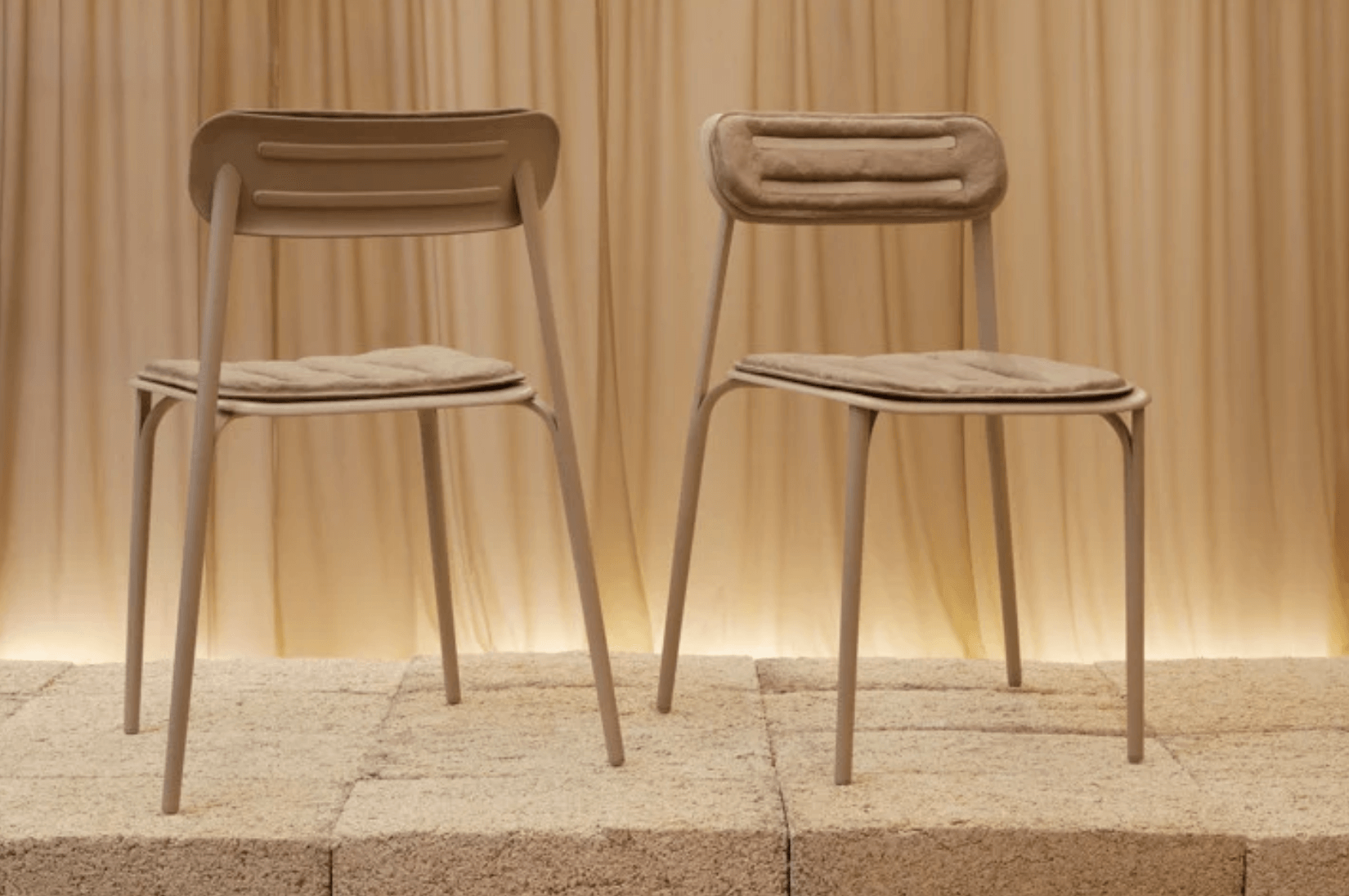
PEEL Chair – PROWL Studio & M4 Factory
- Sustainable Development Goals Pavilions in Copenhagen - Demonstrating how architecture can contribute to sustainability, these pavilions utilize natural materials like straw and clay blocks, promoting environmentally friendly design practices.
- コペンハーゲンの持続可能な開発目標パビリオン - 建築がいかに持続可能性に貢献できるかを示すこのパビリオンは、藁や粘土ブロックなどの自然素材を活用し、環境に優しい設計手法を推進している。
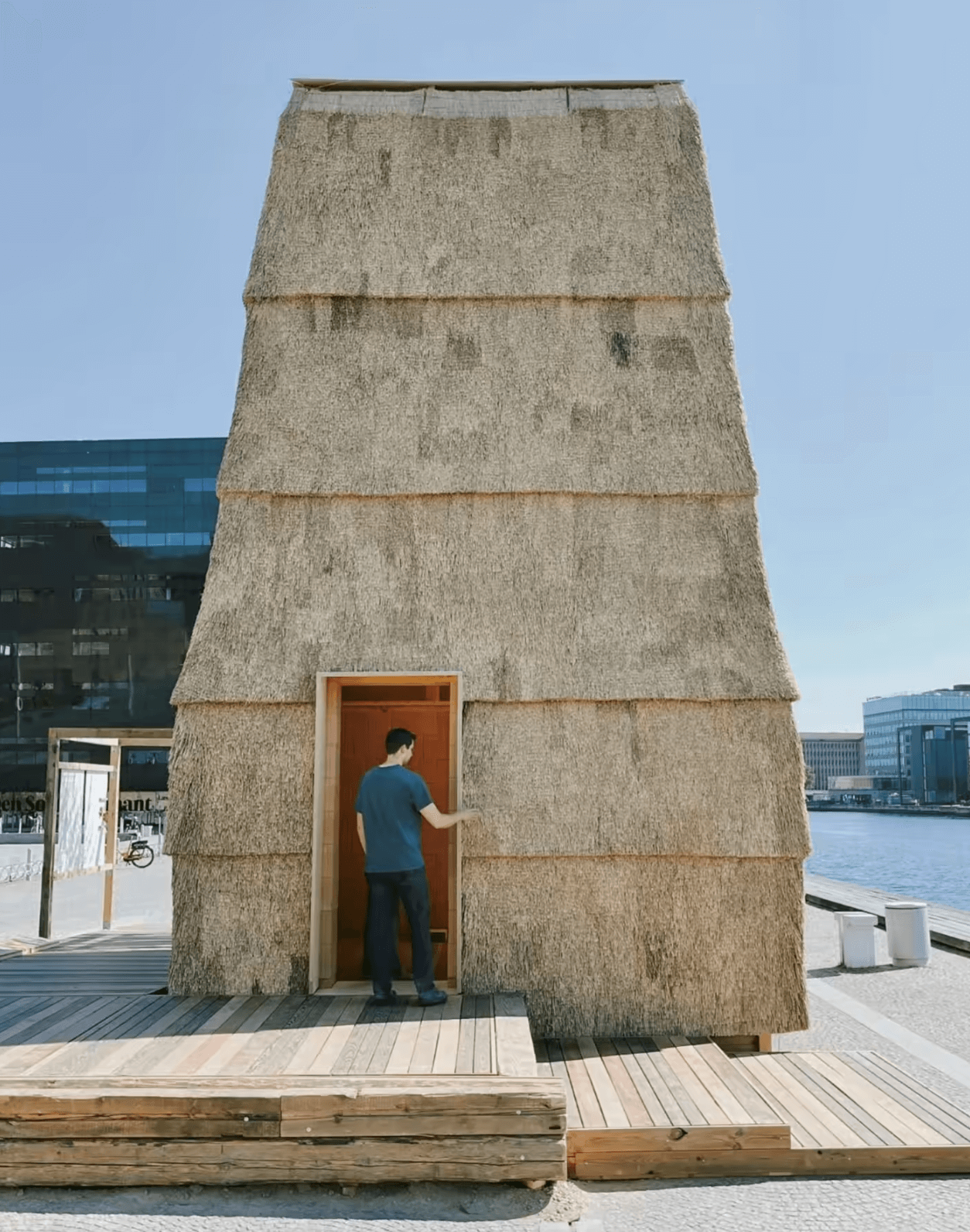
From 4 to 1 Planet: Natural Pavilion – Architects: ReVærk, Design partners: Smith Innovation
- Formafantasma - Highlighting the environmental impact of online activities, this design studio's website redesign focuses on internet pollution, urging users to reflect on their digital footprint.
- Formafantasma - オンライン活動が環境に与える影響を強調するこのデザインスタジオのウェブサイトは、インターネットの汚染に焦点を当て、ユーザーに自分のデジタルフットプリントを振り返るよう促しています。
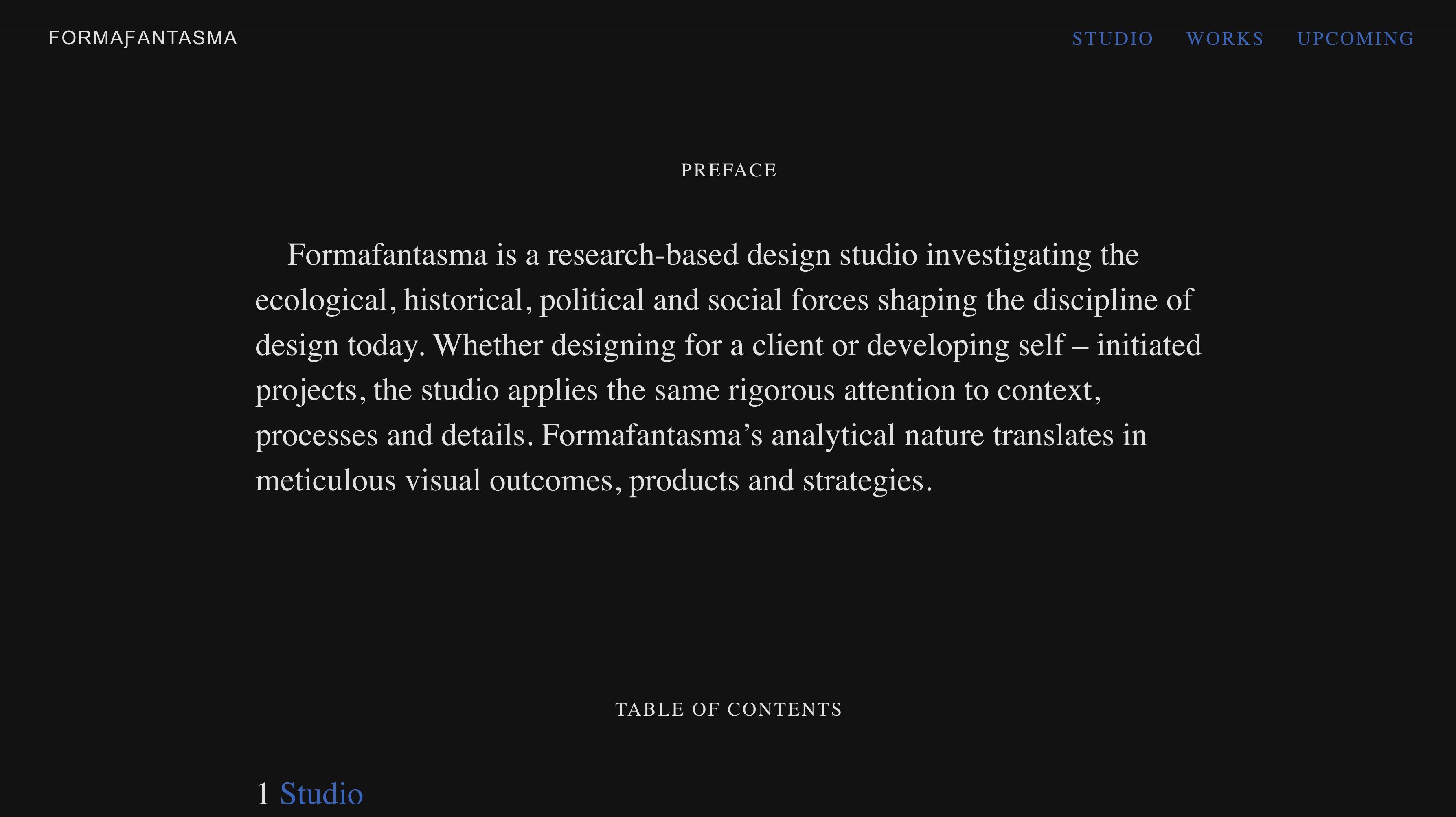
Formafantasma Website Redesign – Formafantasma & Studio Blanco
- Sustainable Digital Design Platform - This platform advocates for reducing the environmental impact of digital design through simpler, lighter websites, and green web hosting, pushing the boundaries of sustainability into the digital realm.
- サステナブル・デジタル・デザイン・プラットフォーム - このプラットフォームは、よりシンプルで軽量なウェブサイトやグリーン・ウェブ・ホスティングを通じて、デジタル・デザインが環境に与える影響の軽減を提唱し、サステナビリティの限界をデジタル領域に押し広げています。
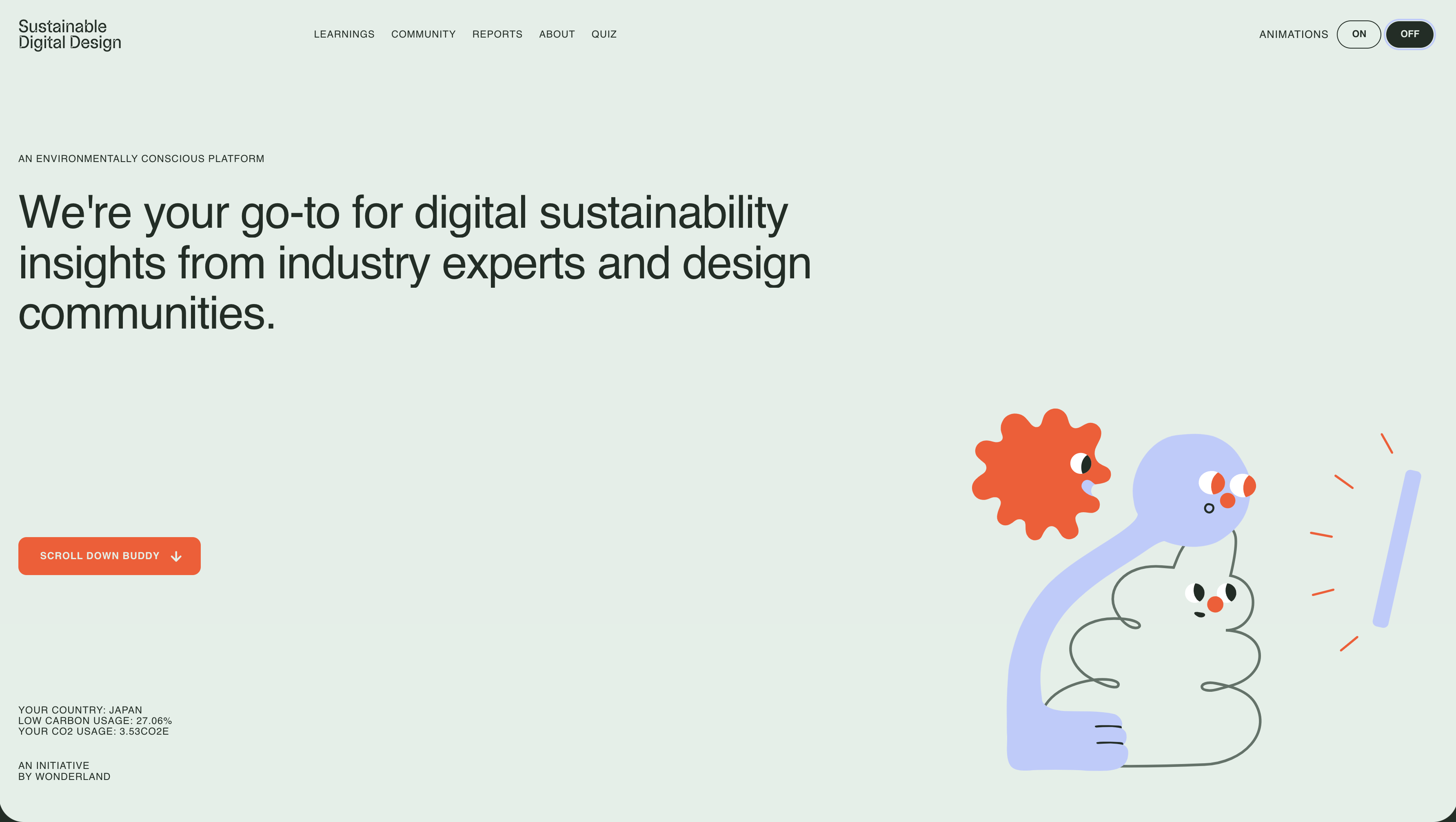
The Sustainable Digital Design Platform – Wonderland Studio
- SPACE10's AI-driven sustainable competition - Leveraging the power of AI, this competition sees designers envisioning future homes and cities, furthering the quest for sustainable living.
- SPACE10のAI主導型サステナブル・コンペティション - AIの力を活用し、デザイナーが未来の住宅や都市を構想することで、持続可能な生活の探求を促進します。
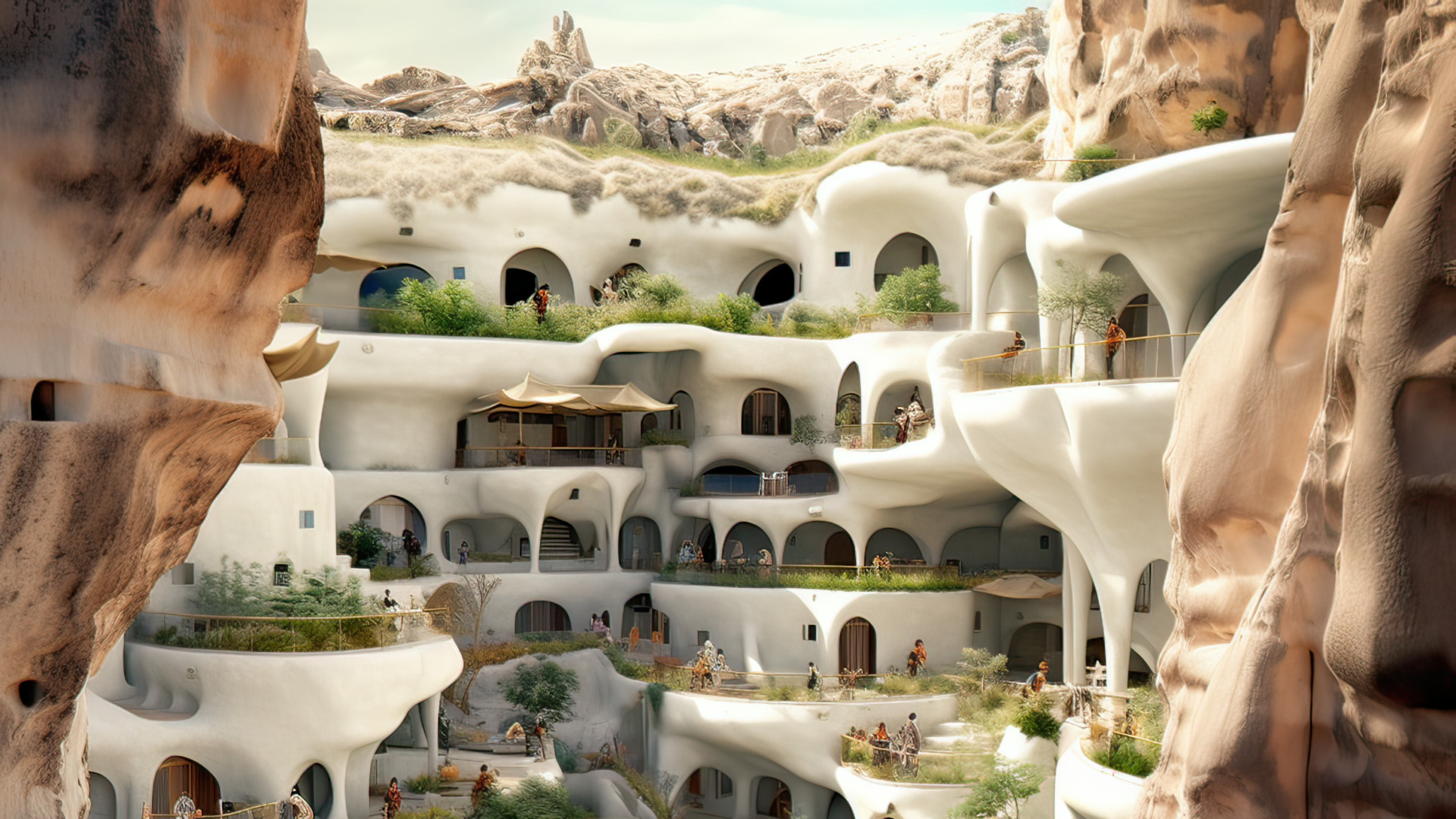
WombHome: Decolonizing Nature – SPACE10's Regenerative Futures Initiative
- Products of Place - Merging AI and local materials, this initiative promotes local production and reduces environmental impact, highlighting AI's potential in sustainable design.
- Products of Place(プロダクツ・オブ・プレイス) - AIと地域素材を融合させたこのイニシアチブは、地域生産を促進し、環境への影響を低減することで、持続可能なデザインにおけるAIの可能性を浮き彫りにする。
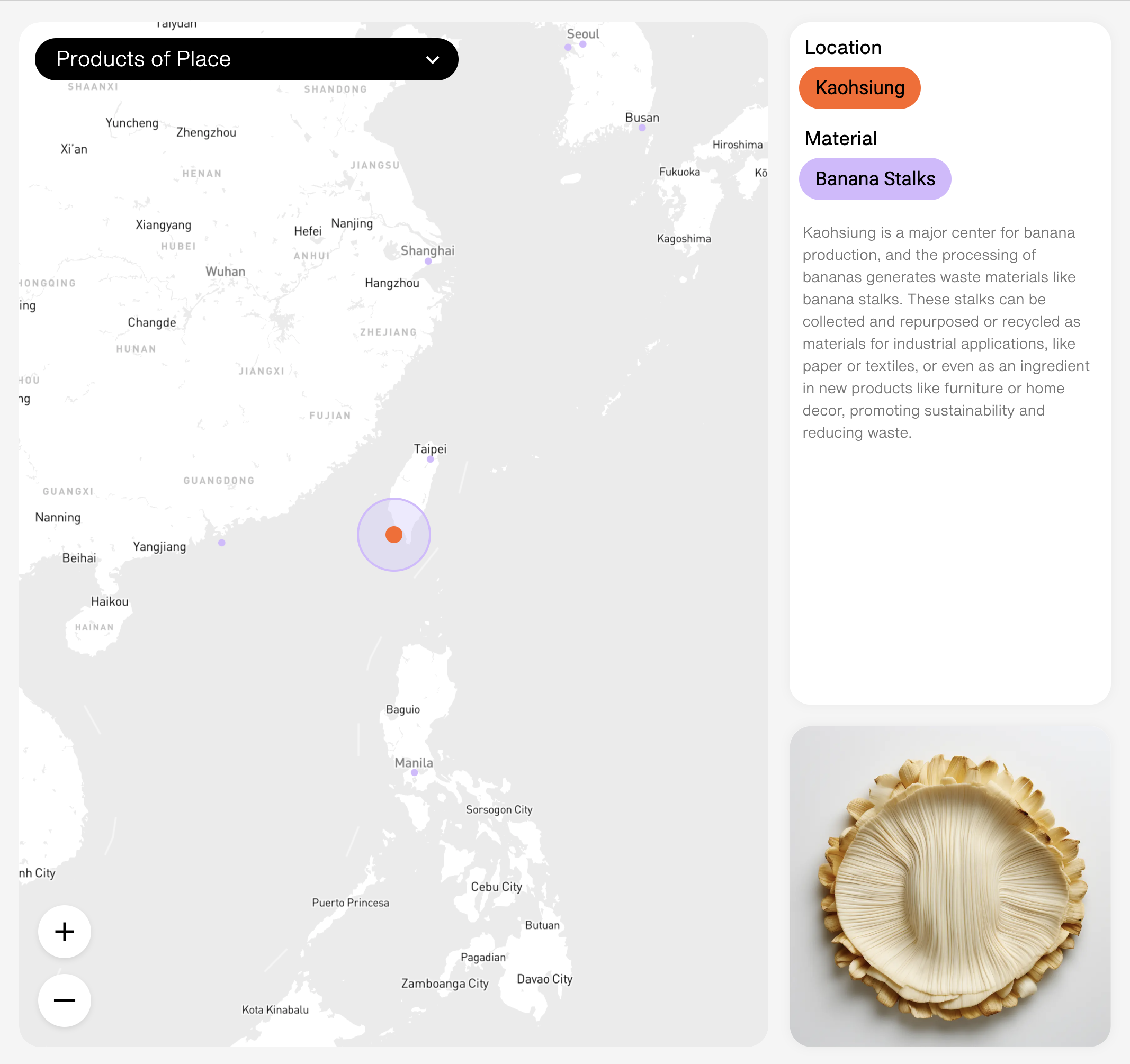
Products of Place: Localised Design with AI – SPACE10
